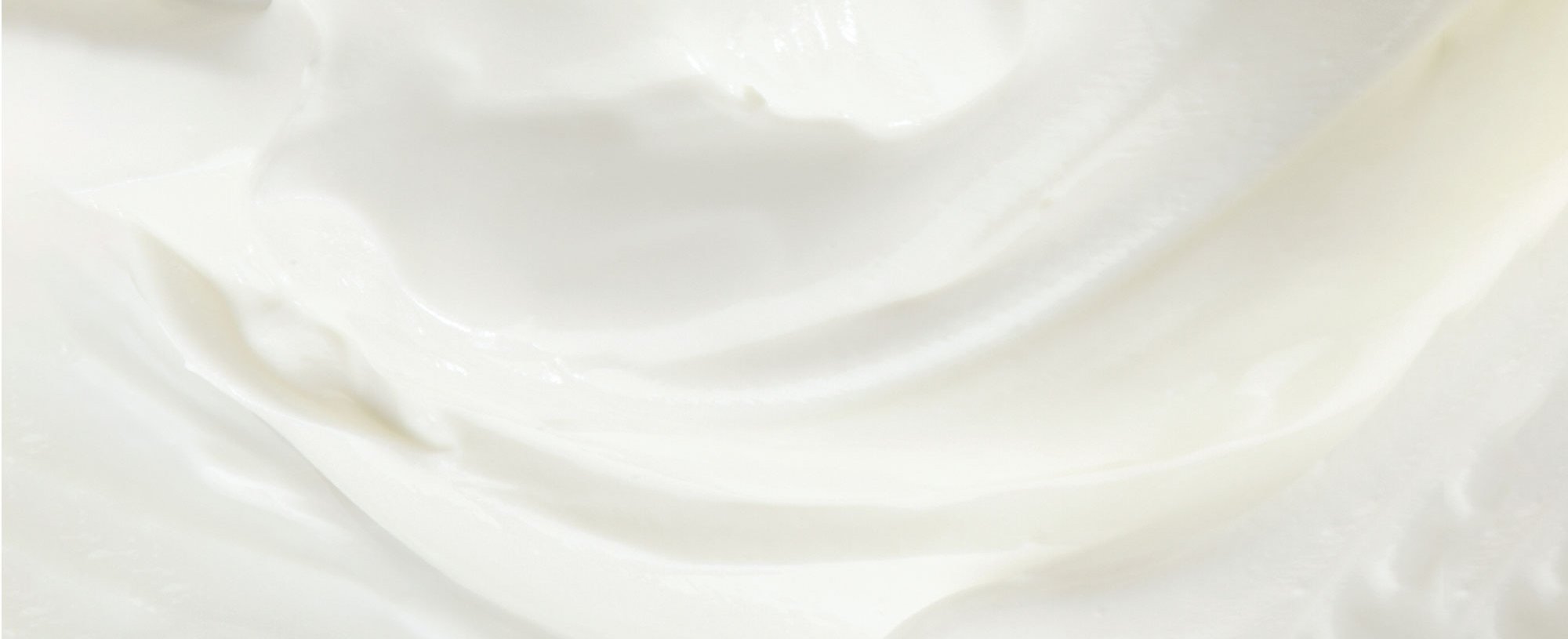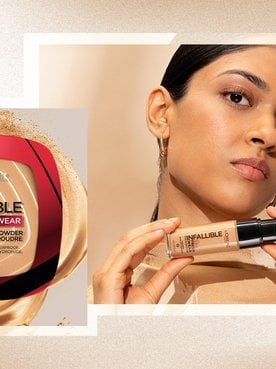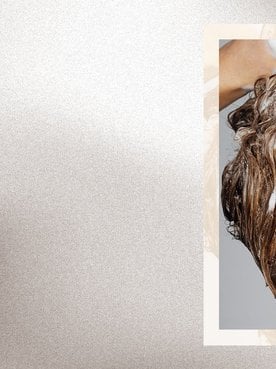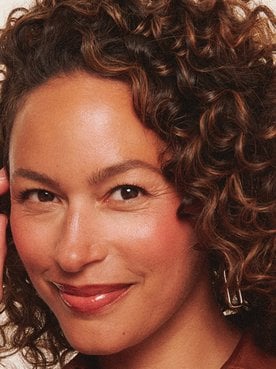We’ll be honest—becoming a makeup expert isn’t always easy. There are so many techniques to nail down, from baking to fixing cakey makeup, especially when it comes to eye makeup and eyeshadow. Between navigating different brush types to perfecting your blending skills, it can be overwhelming. On the note of the latter, there’s one key aspect that you may be missing to achieve a seamless, blended eyeshadow look: transition shade eyeshadow. If you’re unsure what this is or how it factors in amidst lid, crease, and highlighting shades, you’ve come to the right place. Ahead, we’re breaking down the details on transition color eyeshadow and why it’s an essential step in your routine.
What Is a Transition Eyeshadow Shade?
Transition eyeshadow is exactly what it sounds like: a shade of eyeshadow that’s used to create a seamless transition between two contrasting colors. For example, if you were to use a dark color in your crease and a lighter color along your brow bone to highlight your arch, a transition eyeshadow shade would be used to create a flawless gradient effect. Essentially, transition eyeshadow serves as a meeting point for two contrasting shades to ensure they properly blend together.
What Color Should a Transition Shade Be?
Your transition color eyeshadow isn’t a one-size-fits-all deal. In fact, the color you use can vary based on the look you’re trying to create. Typically, transition eyeshadow should be in a nude shade that is similar in color to your skin tone (think: L’Oréal Paris Colour Riche Monos Eyeshadow in Mix And Matte, Matte It Up, or Cafe Au Lait). That said, if you’re creating a colorful or bolder look, you’ll want to use a hue that falls in-between the two eyeshadow colors you are looking to blend together.
How Do You Use a Transition Shade Eyeshadow?
Now that you have some background information, let’s talk about how to put transition shade eyeshadow to use. Follow the steps below for a step-by-step transition eyeshadow guide.
Step #1. Prime Your Eyes
Before reaching for your transition eyeshadow—or any eyeshadow for that matter—take the time to prime your eyes. This will help create an even canvas for each shade you apply, not to mention help your eye makeup look last day and night without fading. If you don’t have an eye primer on hand, you can use a dab of concealer or foundation in a pinch.
Step #2. Apply Your Transition Shade
Where you put your transition shade is dependent on the look you’re creating. Typically, transition eyeshadow is applied before darker shades to the area just above your crease. Use a fluffy eyeshadow brush to dust it on to any areas where two contrasting eyeshadow colors will meet.
Editor’s note: Avoid applying your transition color eyeshadow to areas other than where you plan to blend two shades, as it can dilute darker shades, keeping them from appearing their true color.
Step #3. Color Your Lids
Now it’s time to apply the rest of your eyeshadow as you normally would. First up: your lid color. To create a beautiful brown smokey eye, apply the L’Oréal Paris Brilliant Eyes Shimmer Liquid Eye Shadow Makeup in Amber Sparkle to your lids, packing the color on with a flat eyeshadow brush.
Step #4. Define Your Crease
To define your crease, reach for an espresso hue, like our L’Oréal Paris Colour Riche Monos Eyeshadow in Quartz Fume. Apply it with a fluffy eyeshadow brush using back-and-forth windshield wiper motions to blend it into your transition shade eyeshadow.
Step #5. Highlight Your Arch
Next, add more dimension to your eyeshadow look by highlighting your arch. Apply the L’Oréal Paris Brilliant Eyes Shimmer Liquid Eye Shadow Makeup in String of Pearls to your brow bone using a small eyeshadow brush. Carefully blend this hue into your transition color for a seamless look. You can also apply the highlighter shade to the inner corner of your eye.
Step #6. Blend, Blend, Blend
Use a clean blending brush to go over any areas where two shades meet to ensure there are no harsh lines to be seen. Follow suit with the rest of your look.
Next up: Now that you know what transition eyeshadow is and how to use it, let’s tackle another makeup technique. Check out our article, What Is Strobing and How Is It Different From Highlighting?.







